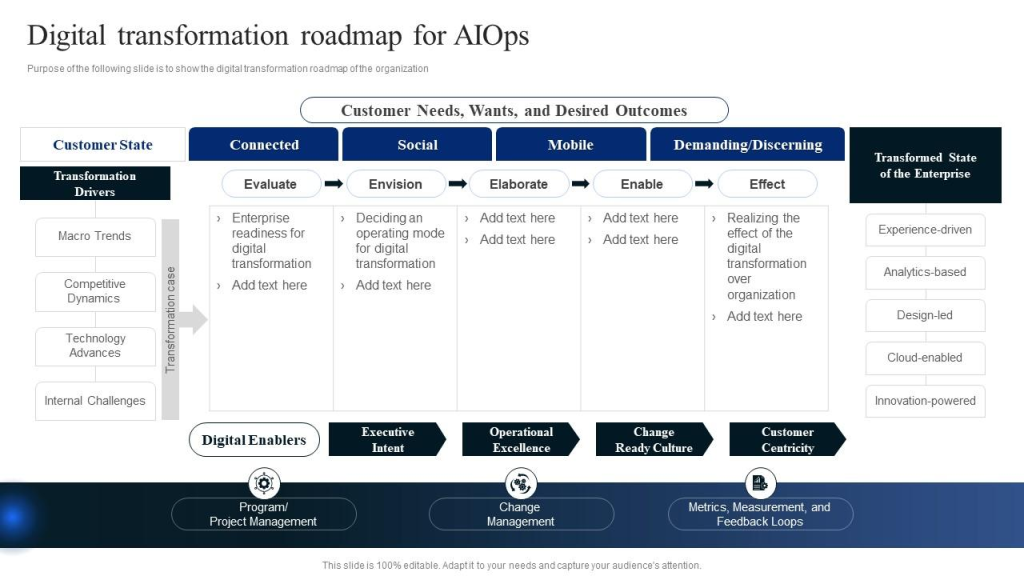
Artificial Intelligence for IT Operations (AIOps) is an emerging field that combines big data, machine learning, and other AI technologies to enhance IT operations. The goal of AIOps is to improve the efficiency of IT operations, reduce the time it takes to identify and resolve issues, and ultimately improve the overall performance of IT systems.
In this article, we will explore the roadmap of AIOps and how it is evolving to meet the needs of modern IT operations.
Understanding AIOps
Before we dive into the roadmap of AIOps, let’s first understand what it is and how it works.
AIOps is a set of technologies and practices that use artificial intelligence and machine learning to automate IT operations. It involves collecting and analyzing large amounts of data from various sources, such as logs, metrics, and events, to identify patterns and anomalies. AIOps tools then use this data to predict and prevent issues before they occur, automate routine tasks, and provide actionable insights to IT teams.
The Current State of AIOps
AIOps is still a relatively new field, and its adoption is still in its early stages. However, many organizations are already seeing the benefits of implementing AIOps solutions. According to a survey by Gartner, by 2023, 40% of all large enterprises will have adopted AIOps platforms to support both DevOps and IT operations.
The current state of AIOps is focused on developing and refining the core technologies that power it, such as machine learning algorithms, natural language processing, and deep learning. Additionally, AIOps vendors are working to integrate their solutions with existing IT infrastructure and tools, such as ServiceNow and Splunk.
The Roadmap of AIOps
The roadmap of AIOps is focused on four main areas: data collection and analysis, automation, integration, and user experience.
Data Collection and Analysis

The first area of focus for the roadmap of AIOps is data collection and analysis. AIOps tools rely heavily on data to make predictions and automate tasks, so it is essential to collect and analyze data from various sources accurately. To achieve this, AIOps vendors are developing new techniques for ingesting and processing data, such as streaming data processing and real-time data analysis.
Automation
The second area of focus for the roadmap of AIOps is automation. AIOps solutions are designed to automate routine tasks, such as incident resolution and ticket handling, to reduce the workload on IT teams. However, there is still room for improvement in this area. AIOps vendors are working to develop more advanced automation capabilities, such as automated root cause analysis and automated remediation.
Integration
The third area of focus for the roadmap of AIOps is integration. AIOps solutions need to integrate with existing IT infrastructure and tools to be effective. AIOps vendors are working to develop better integration capabilities to make it easier for organizations to adopt and use their solutions. This includes integrating with popular ITSM tools, such as ServiceNow and Remedy, and providing APIs and SDKs for custom integrations.
User Experience
The fourth area of focus for the roadmap of AIOps is user experience. AIOps solutions need to be easy to use and provide actionable insights to IT teams. AIOps vendors are working to develop better user interfaces, dashboards, and reports to make it easier for IT teams to understand and act on the insights provided by AIOps tools.
Conclusion
AIOps is an exciting and rapidly evolving field that has the potential to transform IT operations. While still in its early stages, AIOps is already showing promising results for organizations that have implemented it. The roadmap of AIOps is focused on developing and refining the core technologies that power it, integrating with existing IT infrastructure and tools, and improving the user experience. As AIOps continues to evolve, we can expect to see even more significant improvements in IT operations and performance.




